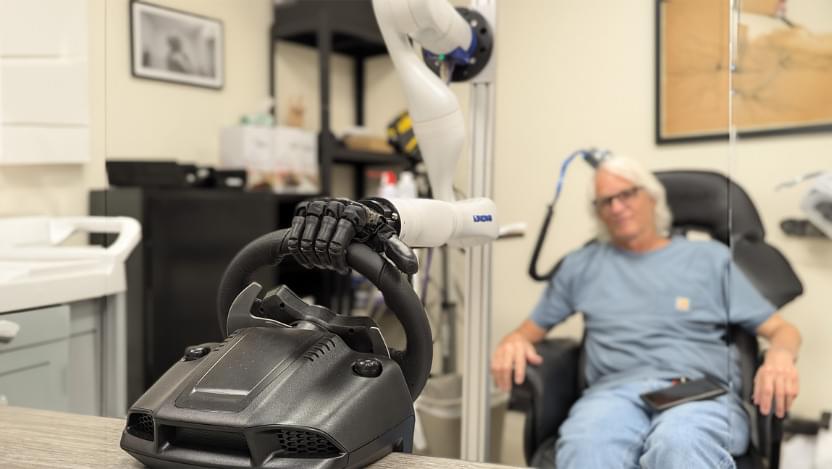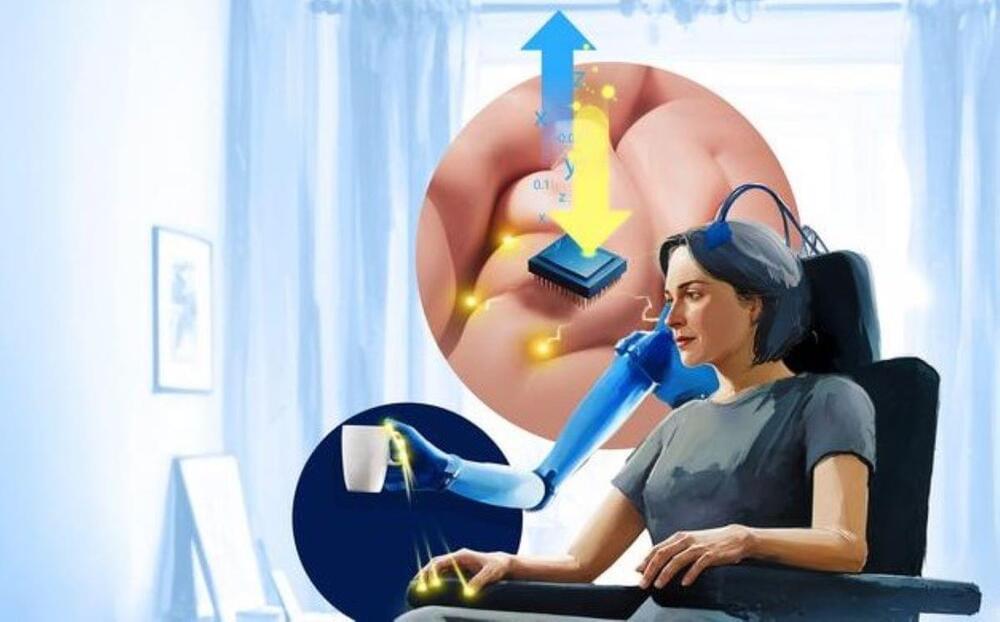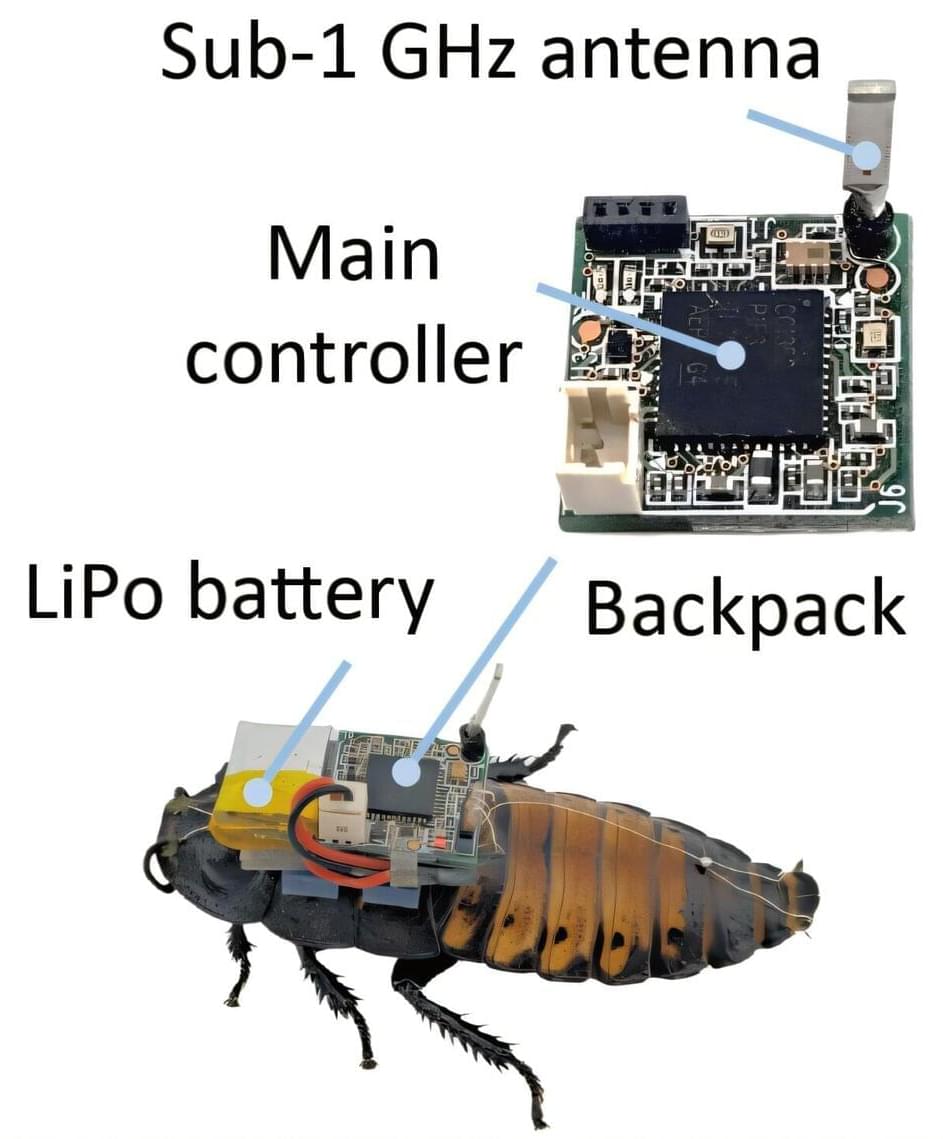Two new papers document progress in neuroprosthetic technology that lets people feel the shape and movement of objects moving over the “skin” of a bionic hand.



Groundbreaking research uses brain stimulation to restore touch in prosthetics. Precise, stable sensations bring natural-like feedback closer, improving motor control and quality of life.
Summary: Researchers are making strides in restoring touch sensations to prosthetic limbs through brain stimulation. By using electrodes in the brain’s touch center, they can evoke stable, precise sensations, even allowing users to feel the shape and motion of objects.
This breakthrough could enable prosthetic users to perform tasks requiring fine motor control with confidence. Long-term tests show consistent sensation locations, critical for real-world usability.
Advanced stimulation patterns further enhance the tactile experience, mimicking natural touch. These innovations mark significant progress toward neuroprosthetics that improve quality of life for people with limb loss or sensory impairments.
Second, Synchron will explore the development of a groundbreaking foundation model for brain inference. By processing Synchron’s neural data on an unprecedented scale, this initiative will create scalable, interpretable brain-language models with the potential to transform neuroprosthetics, cognitive expression, and seamless interaction with digital devices.
“Synchron’s vision is to scale neurotechnology to empower humans to connect to the world, and the NVIDIA Holoscan platform provides the ideal foundation,” said Tom Oxley, M.D., Ph.D., CEO & Founder, Synchron. “Through this work, we’re setting a new benchmark for what BCIs can achieve.”
NEW YORK—(BUSINESS WIRE)— Synchron, a category-defining brain-computer interface (BCI) company, announced today a step forward in implantable BCI technology to drive the future of neurotechnology. Synchron’s BCI technology, in combination with the NVIDIA Holoscan platform, is poised to redefine the possibilities of real-time neural interaction and intelligent edge processing.
Synchron will leverage NVIDIA Holoscan to advance a next-generation implantable BCI in two key domains. First, Synchron will enhance real-time edge AI capabilities for on-device neural processing, improving signal processing and multi-AI inference technology. This will reduce system latency, bolster privacy, and provide users with a more responsive and intuitive BCI experience. NVIDIA Holoscan provides Synchron with: (i) a unified framework supporting diverse AI models and data modalities; (ii) an optimized application framework, from seamless sensor I/O integration, GPU-direct data ingestion, to accelerated computing and real-time AI.

A research team from Yokohama National University has developed a novel approach to investigate how the orientation and behavior of electrons in titanium affect its physical properties. Their findings, published in Communications Physics on December 18, 2024, offer valuable insights that could lead to the creation of more advanced and efficient titanium alloys.
Titanium is highly prized for its exceptional resistance to chemical corrosion, lightweight nature, and impressive strength-to-weight ratio. Its biocompatibility makes it an ideal material for medical applications such as implants, prosthetics, and artificial bones, while its strength and durability make it indispensable in aerospace engineering and precision manufacturing.

Scientists have developed an advanced swarm navigation algorithm for cyborg insects that prevents them from becoming stuck while navigating challenging terrain.
Published in Nature Communications, the new algorithm represents a significant advance in swarm robotics. It could pave the way for applications in disaster relief, search-and-rescue missions, and infrastructure inspection.
Cyborg insects are real insects equipped with tiny electronic devices on their backs—consisting of various sensors like optical and infrared cameras, a battery, and an antenna for communication—that allow their movements to be remotely controlled for specific tasks.
Princeton engineers have developed a scalable 3D printing technique to produce soft plastics with customizable stretchiness and flexibility, while also being recyclable and cost-effective—qualities rarely combined in commercially available materials.
In a study published in Advanced Functional Materials, a team led by Emily Davidson detailed how they used thermoplastic elastomers—a class of widely available polymers—to create 3D-printed structures with adjustable stiffness. By designing the 3D printer’s print path, the engineers could program the plastic’s physical properties, allowing devices to stretch and flex in one direction while remaining rigid in another.
Davidson, an assistant professor of chemical and biological engineering, highlighted the potential applications of this technique in fields such as soft robotics, medical devices, prosthetics, lightweight helmets, and custom high-performance shoe soles.

Stanford and Seoul National University researchers have developed an artificial sensory nerve system that can activate the twitch reflex in a cockroach and identify letters in the Braille alphabet.
The work, reported May 31 in Science, is a step toward creating artificial skin for prosthetic limbs, to restore sensation to amputees and, perhaps, one day give robots some type of reflex capability.
“We take skin for granted but it’s a complex sensing, signaling and decision-making system,” said Zhenan Bao, a professor of chemical engineering and one of the senior authors. “This artificial sensory nerve system is a step toward making skin-like sensory neural networks for all sorts of applications.”
Researchers at University of North Carolina at Chapel Hill and University of Maryland recently developed MyTimeMachine (MyTM), a new AI-powered method for personalized age transformation that can make human faces in images or videos appear younger or older, accounting for subjective factors influencing aging.
This algorithm, introduced in a paper posted to the arXiv preprint server, could be used to broaden or enhance the features of consumer-facing picture-editing platforms, but could also be a valuable tool for the film, TV and entertainment industries.
“Virtual aging techniques are widely used in visual effects (VFX) in movies, but they require good prosthetics and makeup, often tiresome and inconvenient for actors to wear regularly during shooting,” Roni Sengupta, the researcher who supervised the study, told Tech Xplore.

Researchers can mass-produce these cyborg cockroaches for disaster relief, surveillance, and environmental monitoring.
Researchers from Singapore have developed a new machine to automatically turn cockroaches into cyborgs in 68 seconds flat.